Bloober Team released more footage from Silent Hill 2 Remake at the tail-end of May, revealing Maria’s controversial redesign. The outfit change is now under fire, fueling debates about the sexualization of women in gaming and the development team’s ability to deliver a remake that captures the integrity of its cult classic original.
I’d argue that Maria’s original outfit falls within a realm of realism not often seen in the world of gaming (so much so that I’d totally wear it myself). This is more or less proven by its real-world inspiration, an on-trend turn-of-the-century ensemble worn by Christina Aguilera at the 1999 Teen Choice Awards. You could blame the 20-year trend cycle for this iconic look’s cult following, but I’d venture to say it was just that good, both then and now. That being said, Silent Hill fans aren’t up in arms solely over the loss of a fire ‘fit. So, what’s all the fuss about?
It’s no secret that women are all too often reduced to their bodies in media, accentuated by skin-tight clothing without purpose. In the context of Silent Hill 2, it’s easy to write off Maria as nothing more than a femme fatale who exists only to antagonize the protagonist, James Sunderland. This is one aspect of her place in the story, yes, but Maria’s role and her look are far more fleshed out than a bare-bones archetype. She isn’t a poorly written male fantasy you’d often associate with the genre; Maria is a nuanced character whose sexualized design served a major purpose — and that’s precisely what her makeover in the classic horror remake fails to convey.
‘Do I Look Like Your Girlfriend?’
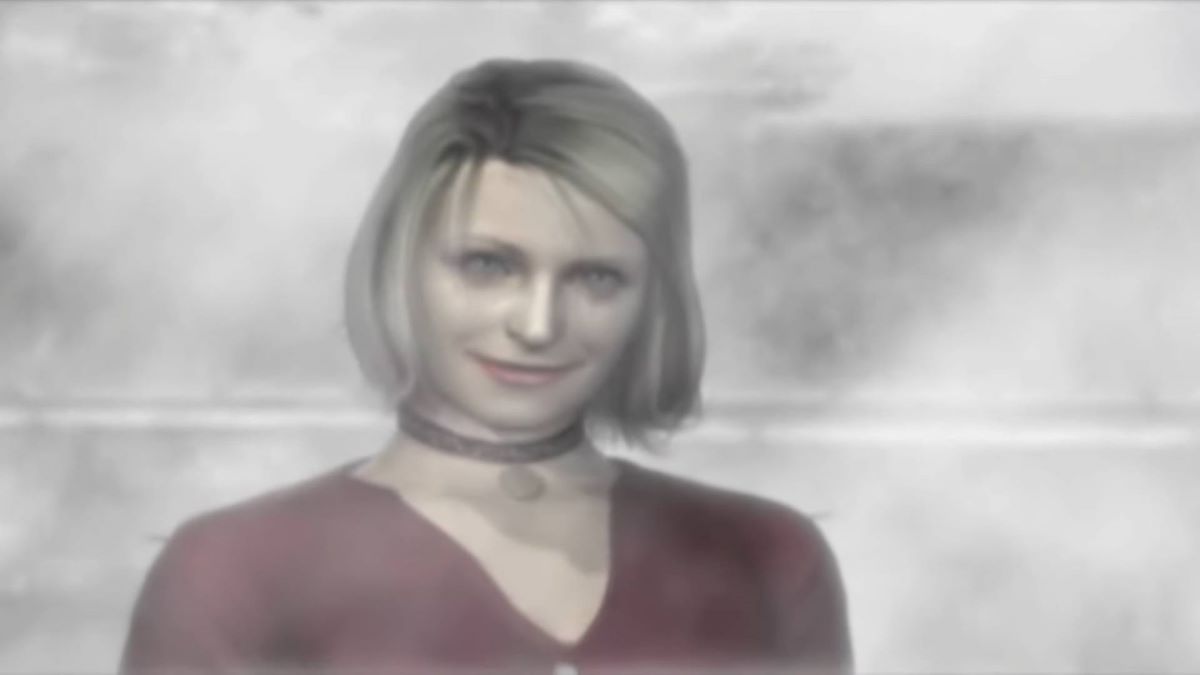
Silent Hill is a realm where emotions are made manifest. The more repressed, oftentimes, the more brutal or gruesome the embodiment. In this way, the characters we meet in the ashen town are foils to existing people and the feelings they’ve bottled up. Maria is no exception, shadowing James’ late wife, Mary. While Maria lacks the overtly violent tendencies Silent Hill residents typically possess (looking at you, Pyramid Head), she instead wields her sexuality like a weapon against James, whose own volatile feelings toward his wife and her struggles with illness led him to smother Mary to death and seek out their special place in Silent Hill.
Just as this solemn setting defines the games, Maria’s purpose as a symbolic foil to Mary is mirrored in her familiar sweater and low-rise leopard print miniskirt combo, complete with a very 2000s butterfly tattoo on her hip. The fact that Mary, a traditional woman of the time, would never dress this way is exactly the point. When Maria asks James, “Do I look like your girlfriend?” we intuitively know the answer. In hindsight, her outfit wasn’t all that revealing, especially by the decade’s standards, but it served as a jarring visual cue to its player base that this was not the same character we knew to be dead and buried.
Maria’s Redesign Ignores Her Character’s Purpose
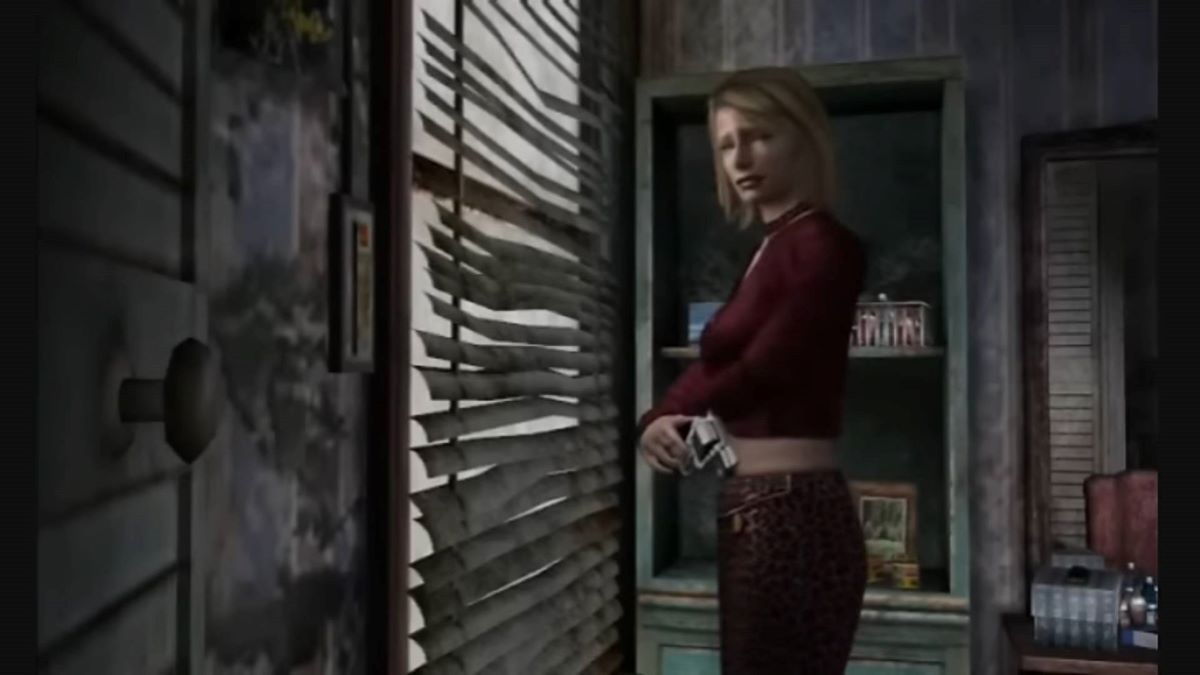
Much of Silent Hill 2 Remake‘s development is still under wraps, but Maria’s redesign reveal has fans in an uproar — and rightfully so. Now clad in a black dress and a red leather jacket, her new look still contrasts Mary’s in some ways, but it also leaves more to the imagination. This has become a major point of contention within the fanbase for both legitimate and rather seedy reasons.
Of course, any purpose behind Maria’s outfit or role as a character has, at times, been lost on fans who simply want to see an attractive woman portrayed in the horror game series. For the most part, though, Maria’s controversial redesign has primarily raised concerns about plot execution and a failure to grasp Silent Hill 2‘s themes, which tackled taboo topics of the early 2000s, like toxic masculinity and women’s sexual liberty.
The visual differences between the uncanny character and Mary aren’t quite as stark or as startling as they once were. This seems to ignore the purpose of Maria’s weaponized sexuality entirely, posing a major redesign issue and calling into question the integrity of the remake. At face value, it could be that Maria’s new look is missing one key element that made a mockery of Mary’s modesty: the half-buttoned sweater. Whether this aspect of the original was intentional or not, it did well to showcase that Maria was a perversion of the woman James murdered, and no amount of guilt or desire would bring his wife back.
Male Fantasies, Male Fantasies
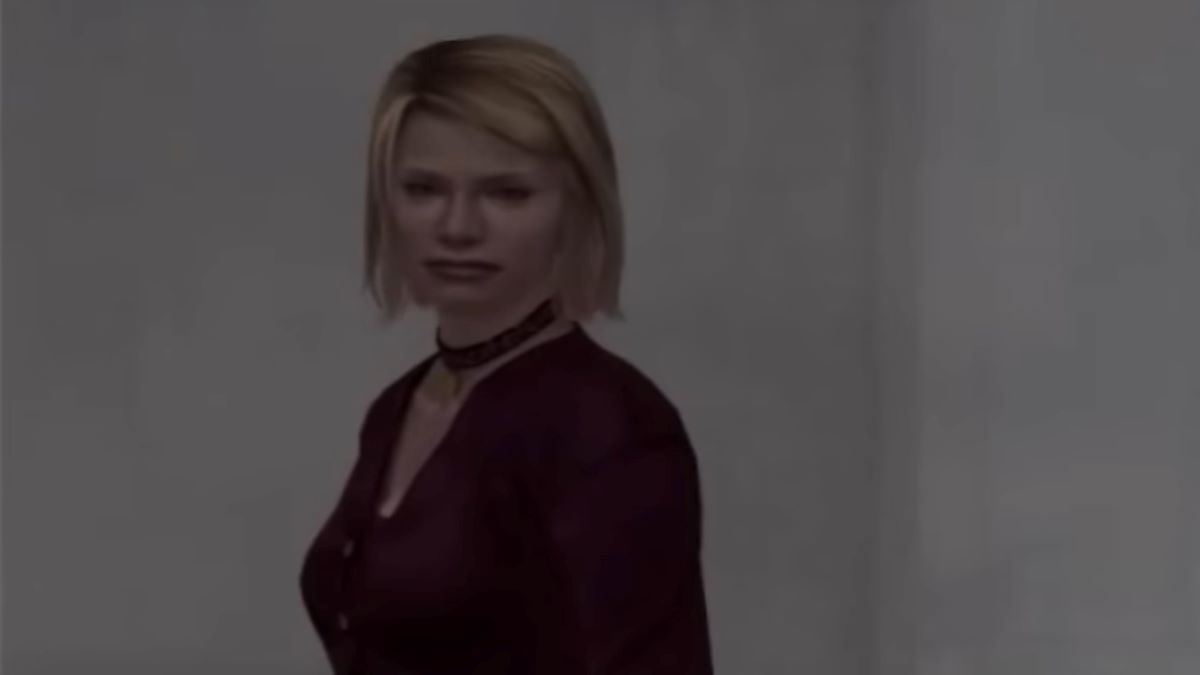
Maria is a complicated character, to say the least. While it’s not explicitly stated, it’s heavily implied that she was born of the guilt and desire James felt following Mary’s murder. To some degree, Maria is, indeed, a male fantasy. However, this tired trope collapses in on itself when you factor in her playable role in Silent Hill 2: Born From a Wish.
Having awakened scared and alone in Silent Hill, with no idea why, how, or when she arrived, we see Maria play a game of tug-of-war with her own autonomy as she questions her purpose and contemplates ending her life before braving the ghost town herself. In this way, Born From a Wish turns the trope on its head and explores Maria’s character beyond her parallels to Mary and her relationship with James. This experience has resonated with the game’s female audience since its 2001 release, and fans fear it may be erased from the remake altogether.
In a roundabout way, efforts to make Maria more palatable — and perhaps more respectable — might have undone the character’s nuance and flattened her role in the series, which is a crime much greater than an exposed navel, in my opinion. There’s still time to backtrack before Silent Hill 2 Remake launches in October, but many longtime fans are losing hope in Bloober Team’s attempt to revitalize the beloved horror franchise in the meantime.


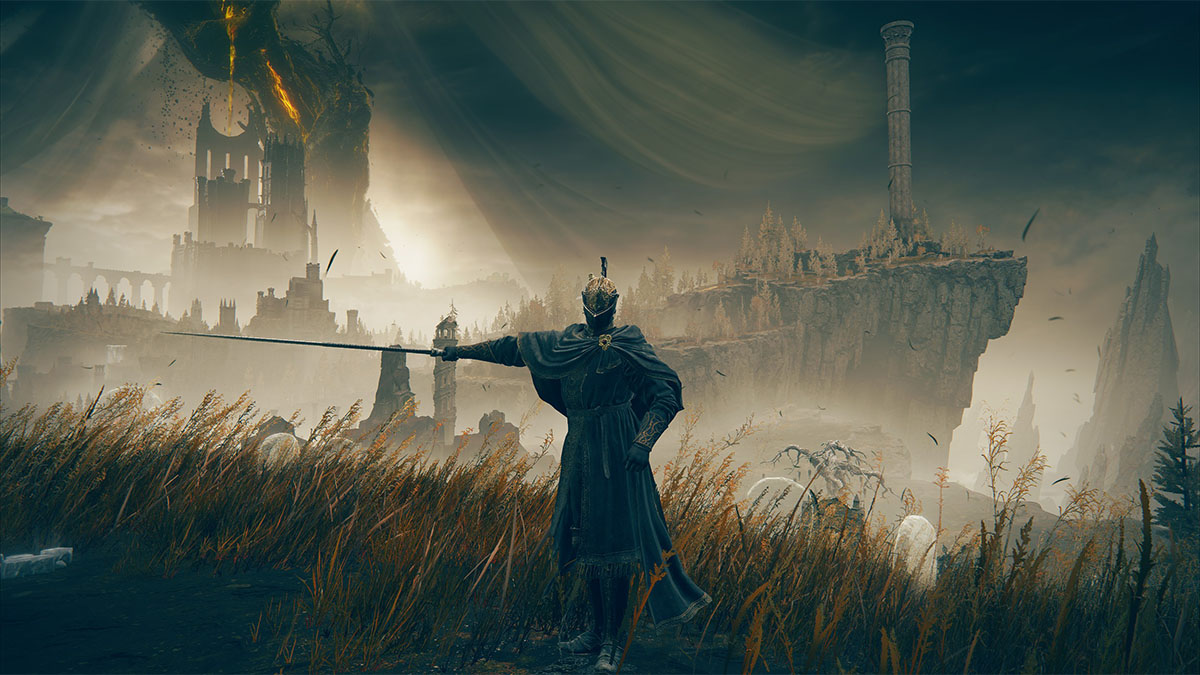
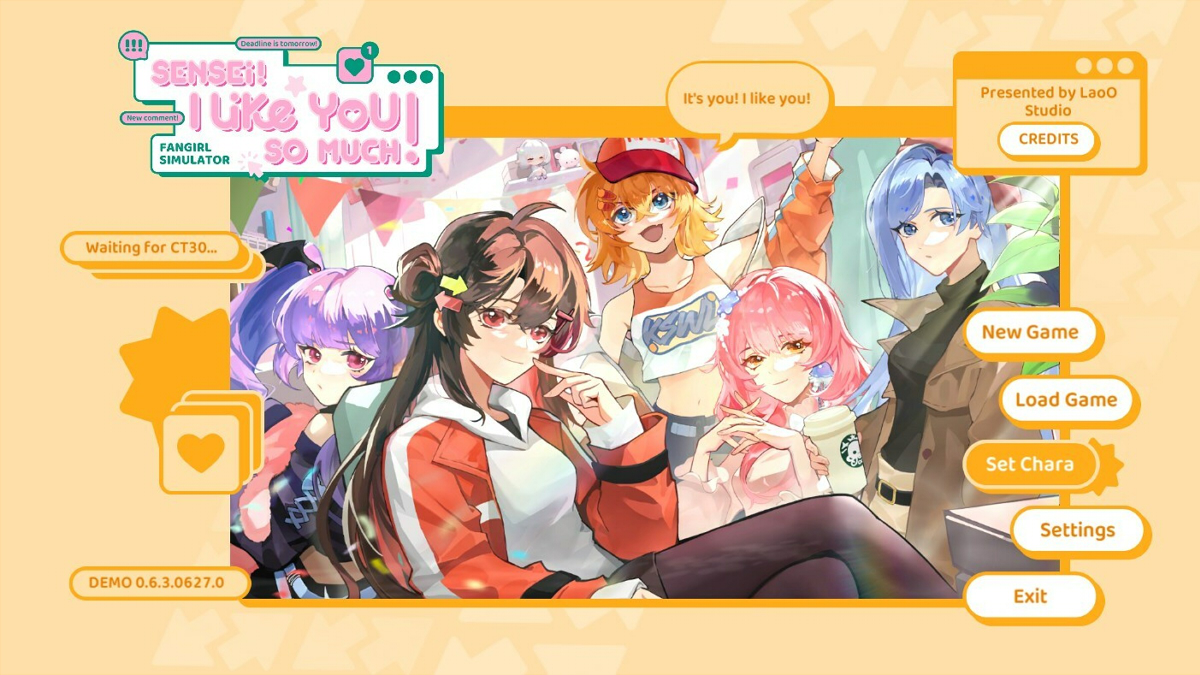

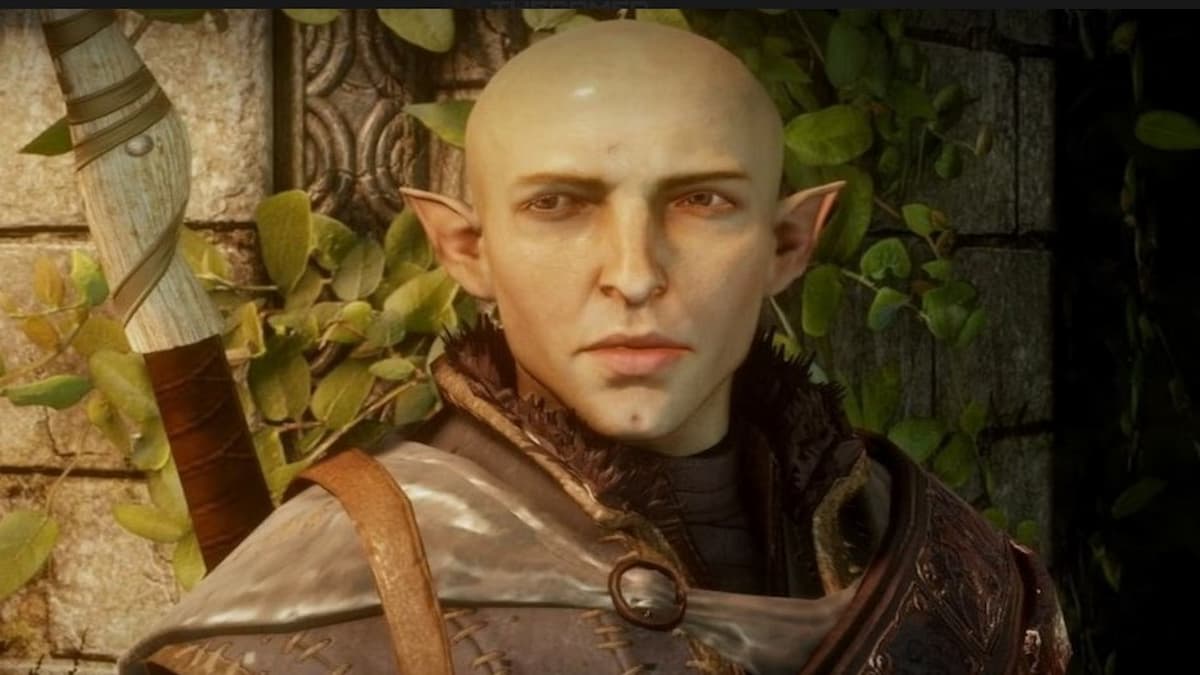

Published: Jun 10, 2024 06:00 pm